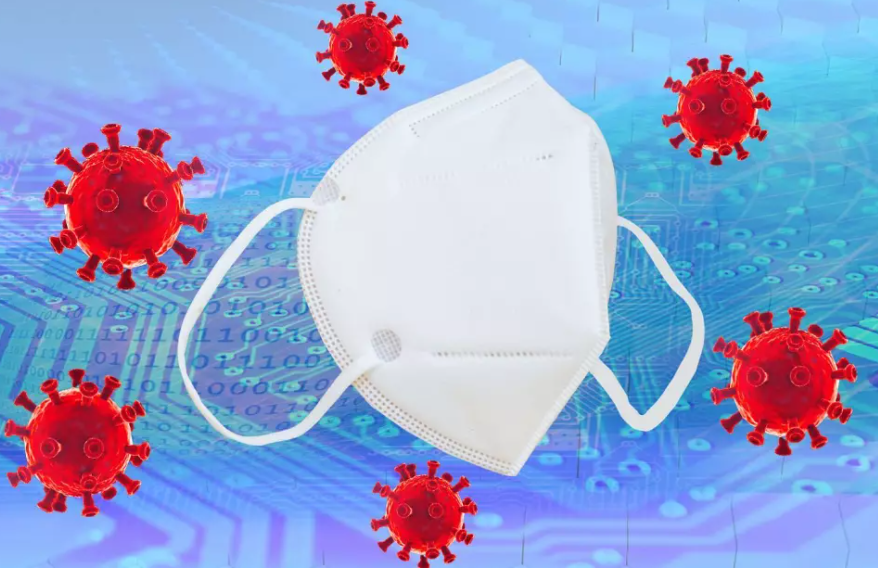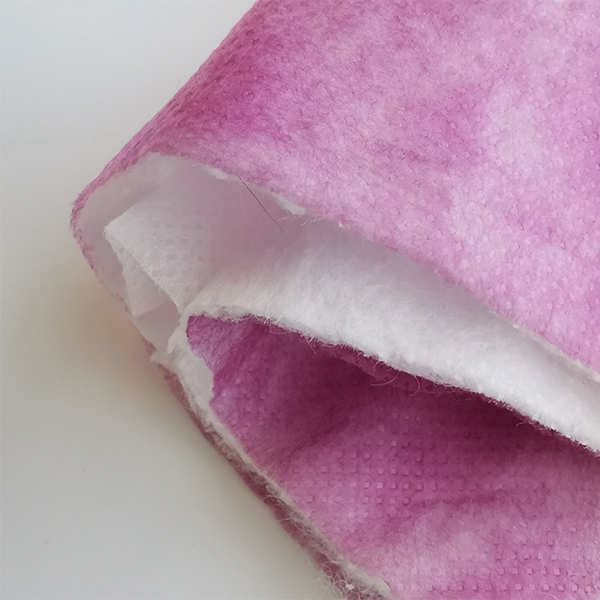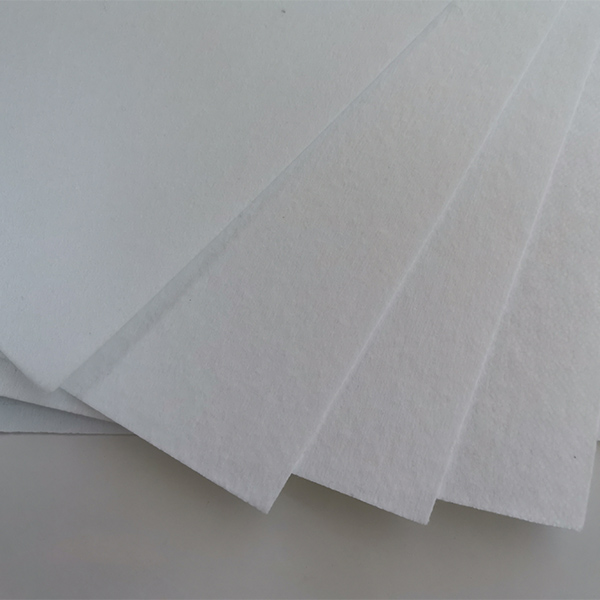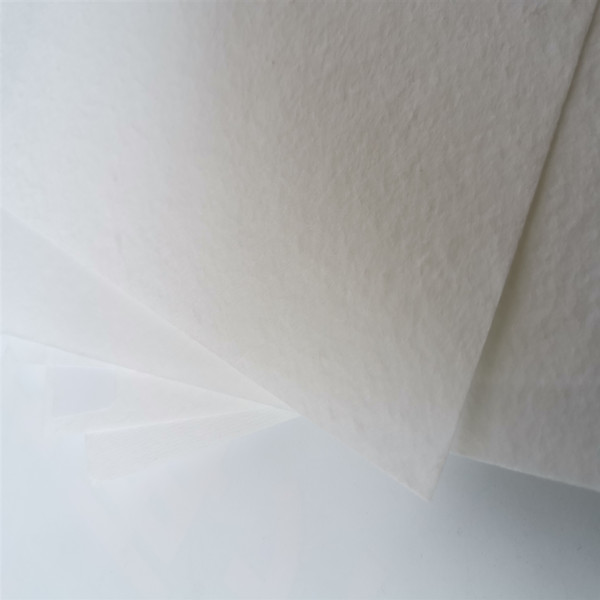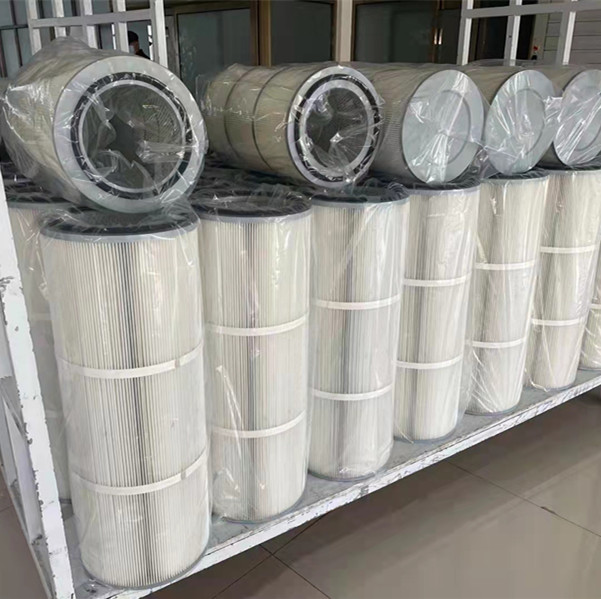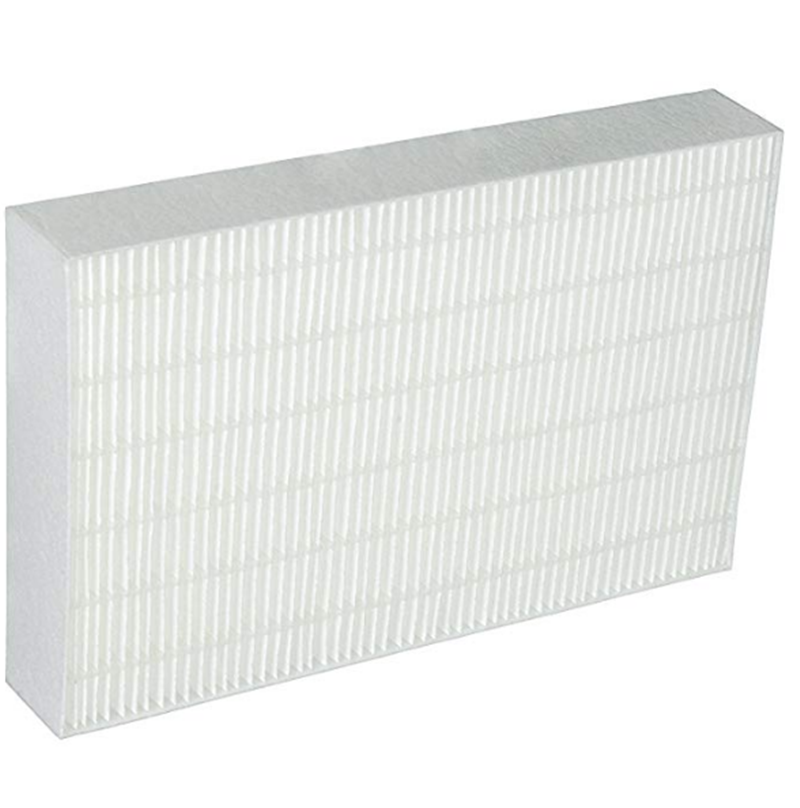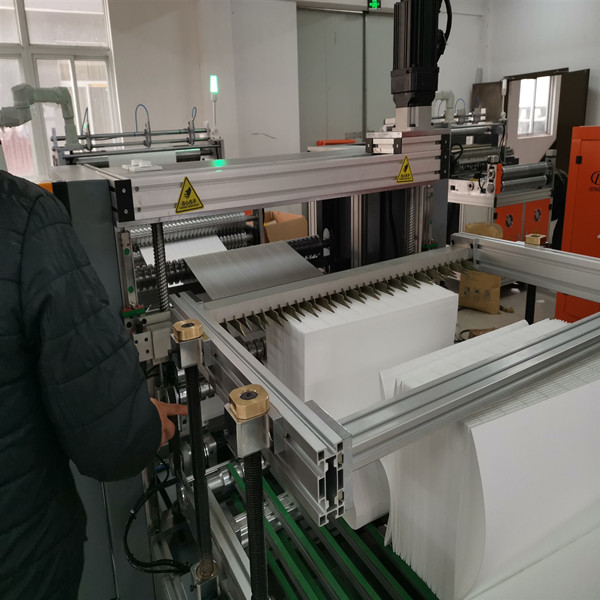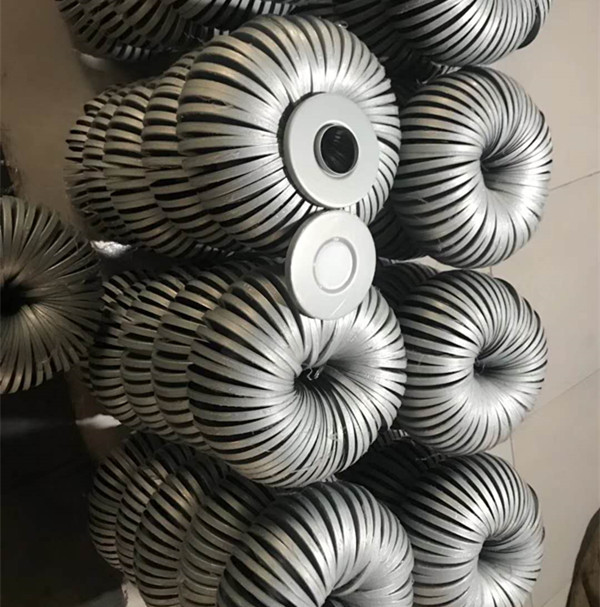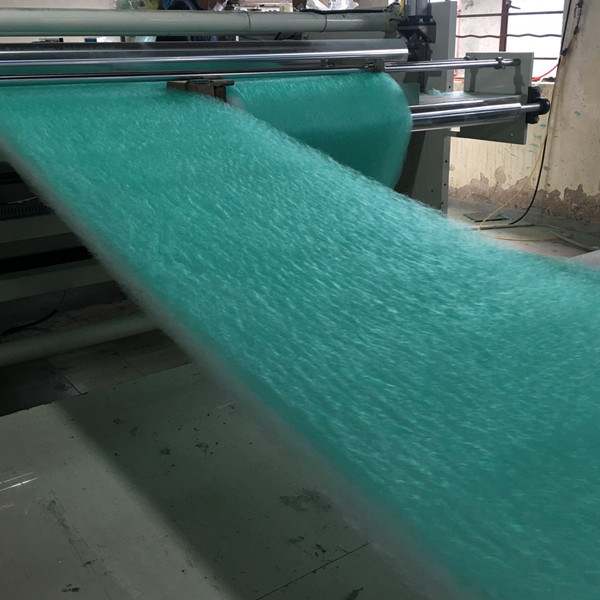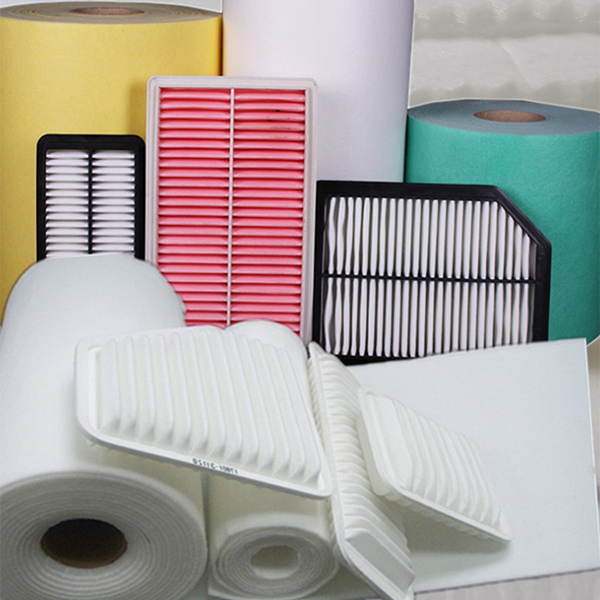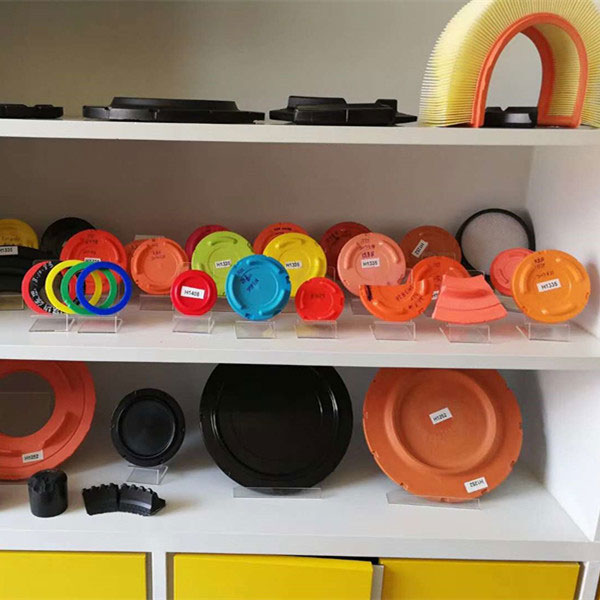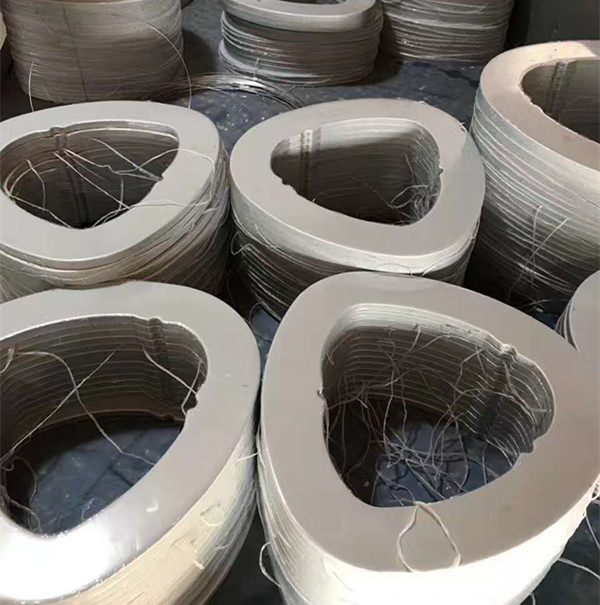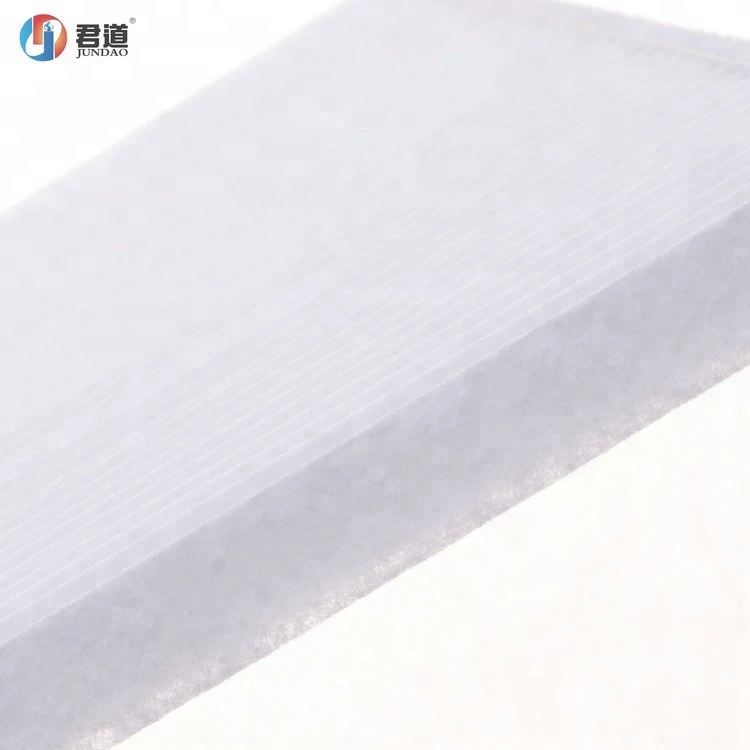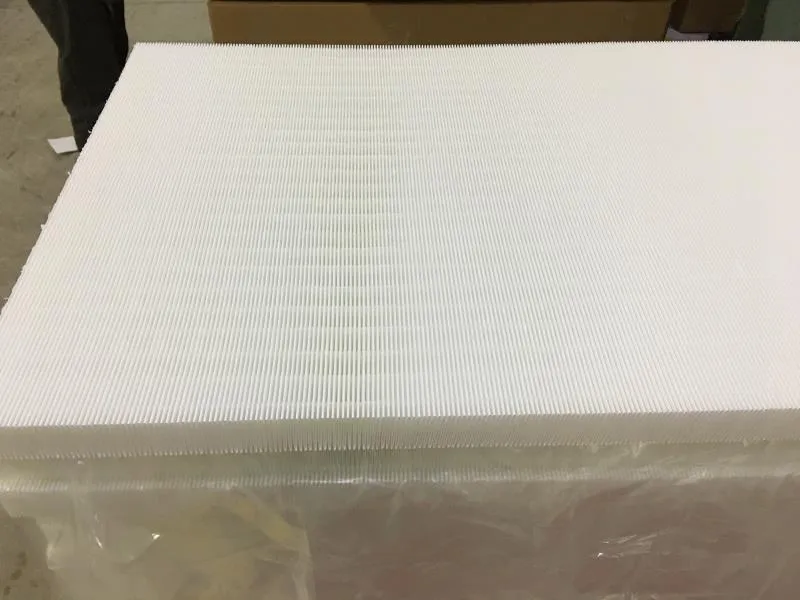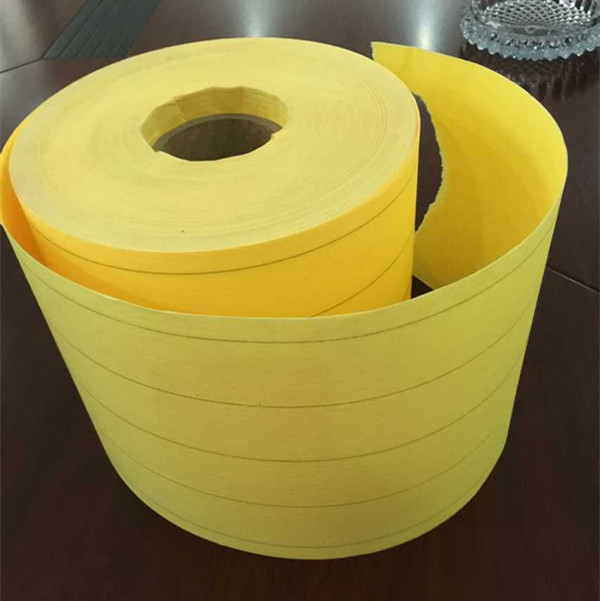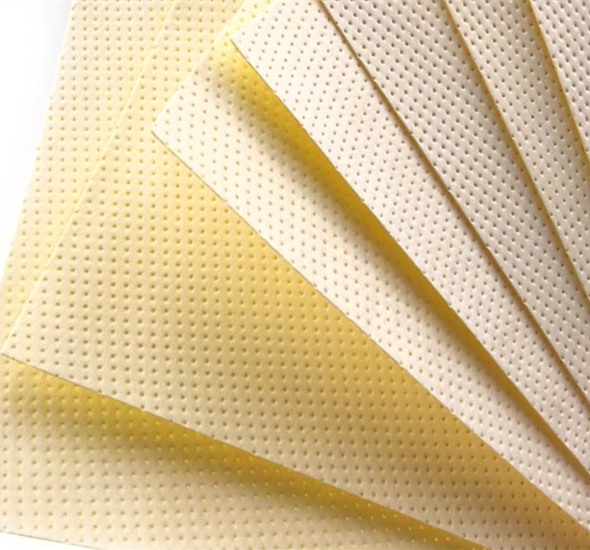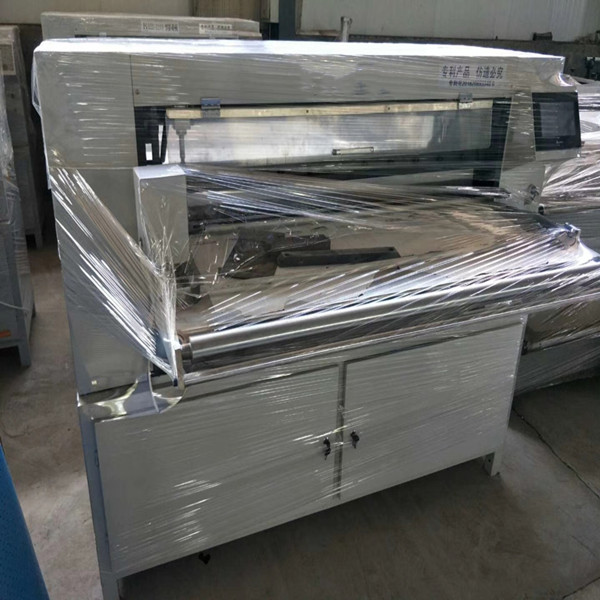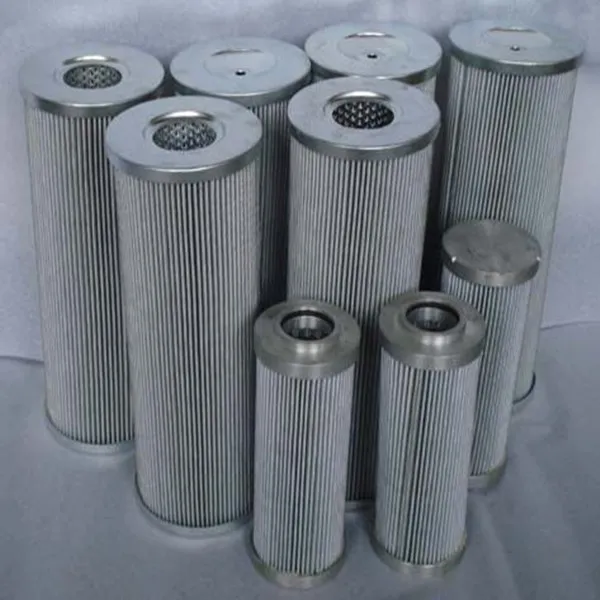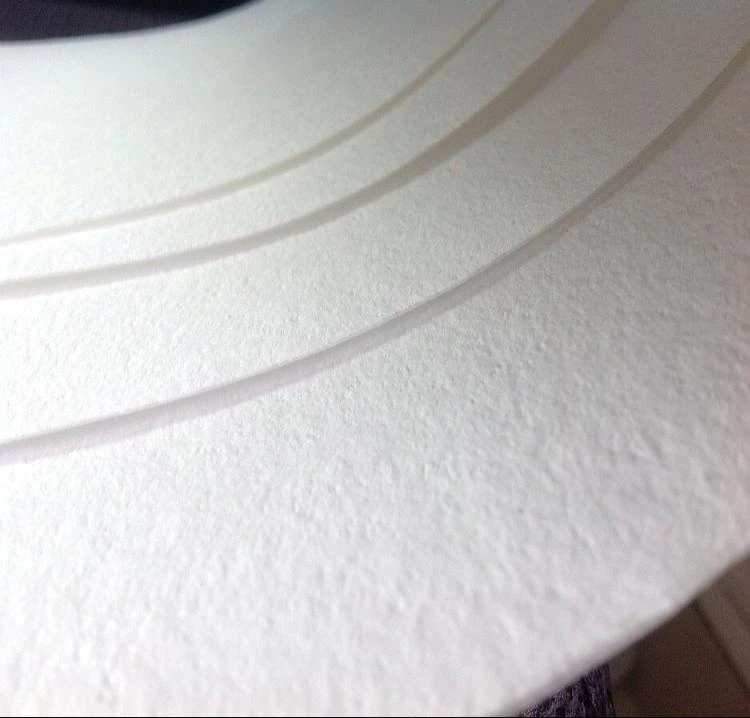Ka bobeli Mokhatlo oa Lefatše oa Bophelo le Litsi tsa US tsa Taolo ea Mafu li hlokomela hore li-aerosol ke mokhoa oa mantlha oa ho hasana ha vaerase ea COVID-19. Li-aerosol ke likaroloana tse nyane tsa metsi kapa lintho tse ling tse ka lulang li fanyehiloe moeeng ka nako e telele, li le nyane ho lekana ho kenella tsamaisong ea ho hema.
Batho ba ntša li-aerosol ha ba hema, ba khohlela, ba bua, ba hoeletsa kapa ba bina. Li-aerosol tsena le tsona li ka ba le vaerase haeba li tšoaelitsoe ke COVID-19. Ho hema li-aerosol tse lekaneng tsa coronavirus ho ka kulisa motho. Ka ho hloka hore batho ba roale limaske, ho ntlafatsa moea o kenang ka tlung le lisebelisoa tsa ho hloekisa moea, ho fokotsa ho pepeseha ha motho le ho fokotsa palo eohle ea li-aerosols tikolohong ke lintho tse tlang pele ho thibela ho ata ha li-aerosol tsa COVID-19.
Lipatlisiso ka livaerase tse ncha tse tšoaetsanoang li kotsi, 'me li batla li sa tloaeleha lilaboratoring tse nang le maemo a phahameng ka ho fetisisa a ts'ireletso ea likokoana-hloko. Lithuto tsohle ho fihlela joale tse mabapi le limaske kapa ts'ebetso ea ho sefa nakong ea seoa li sebelisitse lisebelisoa tse ling tse nahanoang ho etsisa boholo le boits'oaro ba li-aerosol tsa SARS-CoV-2. Boithuto bona bo bocha bo ntlafala ho seo, ho leka litharollo tsa letsoai le aerosolized tse nang le coronavirus e tsoang lelapeng le le leng le vaerase e bakang COVID-19 empa e tšoaetsa litoeba feela.
Yun Shen le mosebetsi-'moho le eena oa Univesithi ea George Washington Danmeng Shuai ba thehile sefe ea nanofiber e fanang ka motlakase o phahameng ka lerotholi la polyvinylidene fluoride mokelikeli ho khoele e ohiang ka bophara ba li-nanometer tse 300—e leng mosesaane ka makhetlo a 167 ho feta moriri oa motho. Ts'ebetso ena e thehile li-pores bophara ba li-micrometer tse 'maloa holim'a li-nanofibers, e ba thusa ho tšoara liperesente tse 99.9 tsa li-aerosol tsa coronavirus.
Mokhoa oa tlhahiso, o tsejoang e le electrospinning, o na le litšenyehelo tse ngata 'me o ka sebelisoa ho hlahisa lihlahisoa tse ngata tsa nanofiber bakeng sa lisebelisoa tsa ho itšireletsa le mekhoa ea ho hloekisa moea. Electrospinning e boetse e siea tefiso ea electrostatic ho li-nanofibers, e ntlafatsang bokhoni ba tsona ba ho hapa li-aerosol, 'me porosity ea eona e phahameng e etsa hore ho be bonolo ho hema ha u ntse u roala filthara ea electrospun nanofiber.
"Theknoloji ea electrospinning e ka thusa ho rala le ho etsoa ha limaske le lihloela tsa moea," ho boletse Prof. Yun Shen. "Ho sebelisa theknoloji ea electrospinning ho hlahisa mefuta e mecha ea limaske le li-filters tsa moea ho na le ts'ebetso e ntle ea ho hloekisa, ho khoneha moruong le ho senyeha ha maemo.
Nako ea poso: Nov-01-2022

